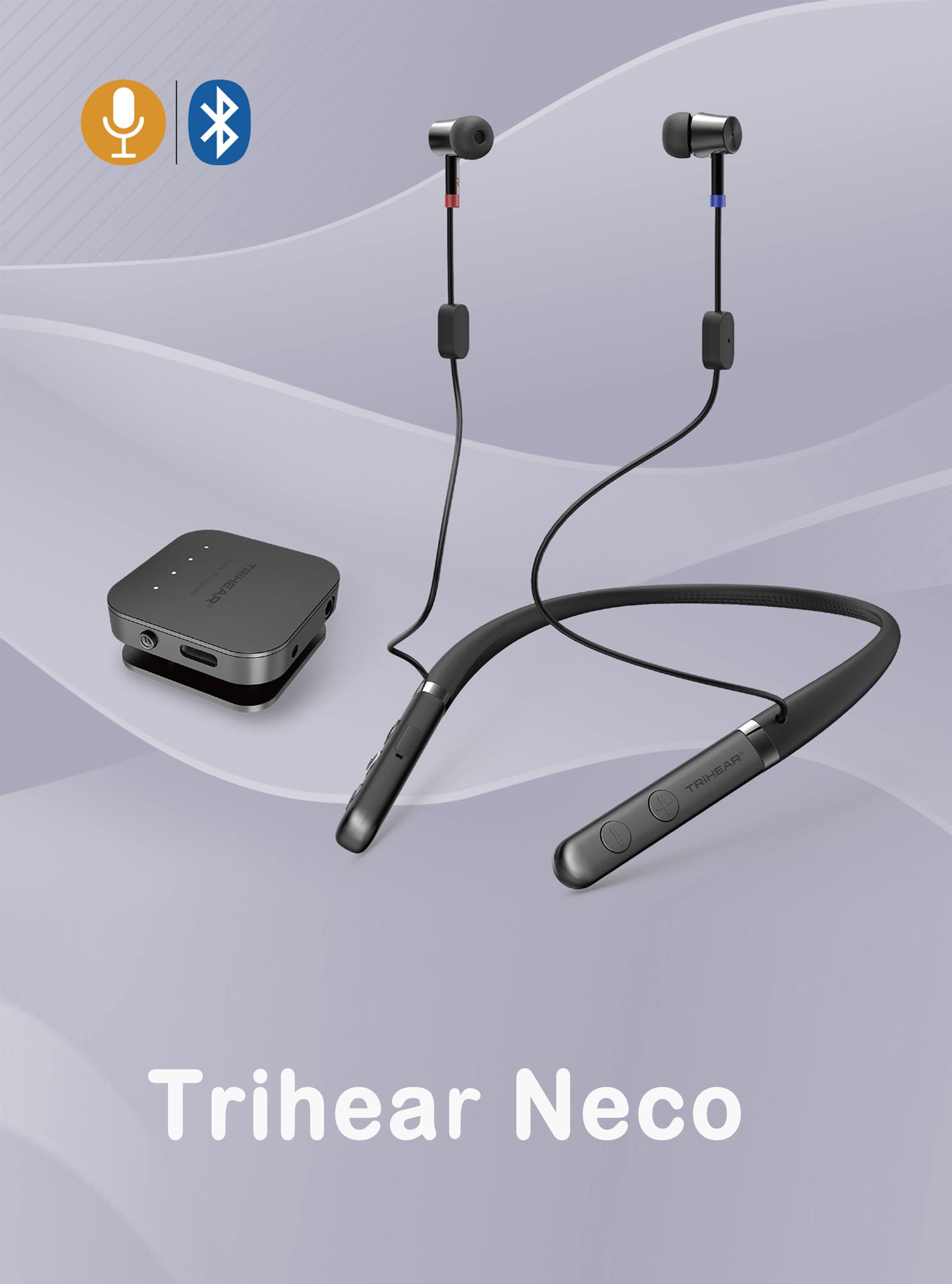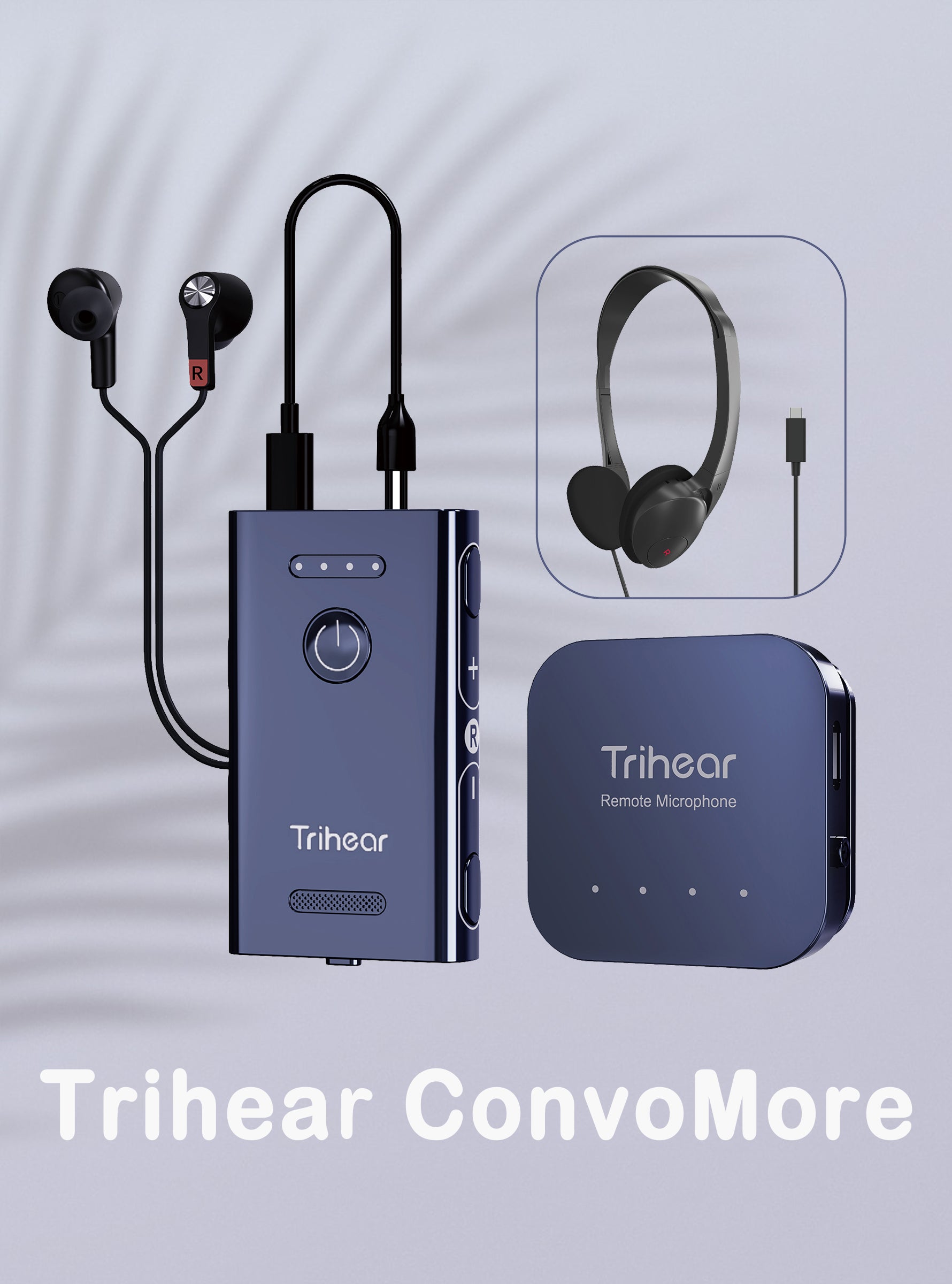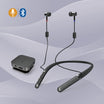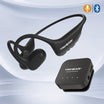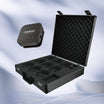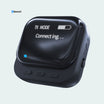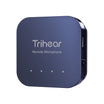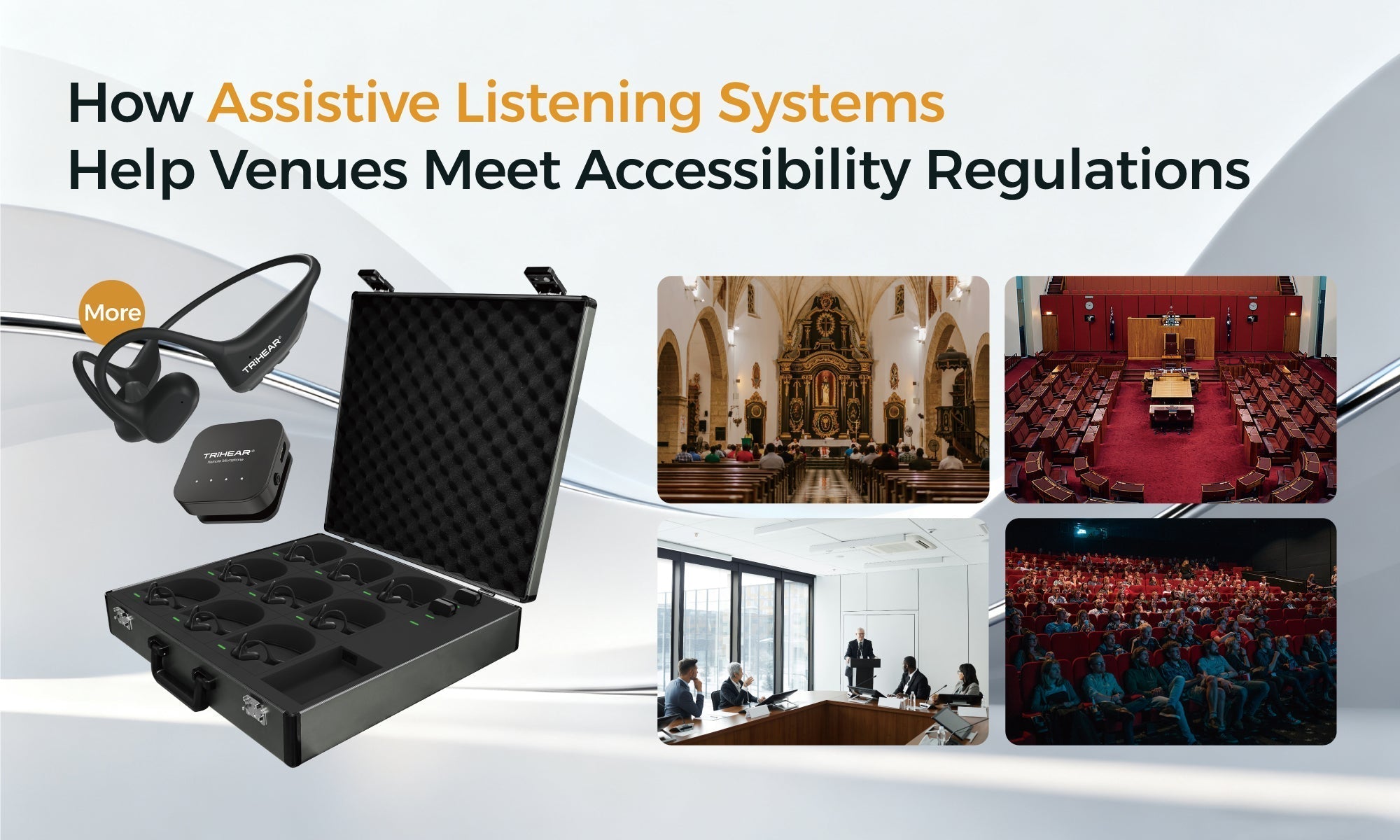Hearing challenges can impact daily life in many ways, from enjoying conversations with loved ones to engaging in social events. Assistive listening devices (ALDs) offer a practical solution to improve sound clarity and enhance overall quality of life. In this guide, we’ll introduce our three standout products—Trihear Convo, Trihear Neco, and Trihear Liber—and explain how to choose the right one for your unique needs.
Understanding Assistive Listening Devices
Assistive listening devices are designed to amplify sounds and reduce background noise, making conversations clearer and more enjoyable. Whether you’re at home, work, or in a bustling public space, ALDs can significantly improve your ability to hear and participate in everyday activities.
Why Quality Sound Matters
Good sound quality isn’t just about volume—it’s about clarity, frequency balance, and the overall listening experience. A device that offers crisp audio and minimizes unwanted noise can help reduce fatigue during long conversations and make it easier to follow speech in different environments. This means you can focus on what matters most: connecting with people.
Key Factors in Choosing an ALD
When selecting an assistive listening device, consider these critical aspects:
- Sound Quality & Amplification: Look for devices with advanced amplification technology that provide clear and natural sound.
- Ease of Use & Comfort: Choose a device that is lightweight, comfortable, and user-friendly. a well-designed device should fit seamlessly into your daily routine.
- Connectivity & Compatibility: Many modern ALDs integrate easily with smartphones, televisions, and other media devices. Ensure that your device supports the connectivity options you need.
- Battery Life & Durability: Long battery life and robust design are crucial, especially if you plan to use the device throughout the day.
- Cost & Warranty: Balance the device’s features with its price, and consider the warranty and customer support available to protect your investment.
Performance and Features Breakdown
Convo: Built for Precision and Durability
Convo features a traditional wired pocketalker design, making it ideal for older adults who value simplicity and reliability. An anti-loss lanyard is included, ensuring the device stays secure during daily use.
Sound Adjustments:
Supports mild to severe hearing loss with separate adjustments for the left and right ears, plus tone control for personalized audio.
Connectivity:
Does not support Bluetooth, which can be seen as a trade-off for its robust wired design.
Remote Microphone:
Can connect to one remote microphone, enhancing the listening experience in group settings or noisy environments.
Battery & Charging:
Charges in just 50 minutes and boasts an impressive 24-hour battery life—ideal for extended use.
Priced at $219, Convo offers premium features with a focus on reliability.
![]()
Neco: Simplicity Meets Versatility
Neco sports a modern neck-hanging design with large, easy-to-press buttons, making it a user-friendly choice for all ages.
Sound Adjustments:
Like Convo, Neco supports mild to severe hearing loss with individualized adjustments for each ear and tone control.
Connectivity:
Supports Bluetooth connectivity, ensuring seamless integration with other devices, like TV and smart phone
Remote Microphone:
Connects to one remote microphone to further boost clarity when needed.
Battery & Charging:
It requires 1 hour for charging and offers a battery life of up to 10 hours, aligning with Liber’s performance.
With a price tag of $189, Neco provides great value for users looking for a versatile yet cost-effective solution.

Trihear Liber: Comfort and Connectivity in One Package
Liber stands out with its open-ear design, which is especially comfortable for long-term wear. Its lightweight construction makes it perfect for those who need to use their ALD throughout the day.
Sound Adjustments: Liber is optimized for mild to moderate hearing loss.
Connectivity: fully supports Bluetooth, offering modern connectivity options for pairing with smartphones and other devices.
Remote Microphone: currently, Liber connects to one remote microphone; however, the next version is set to support two simultaneous connections for even greater versatility.
Battery & Charging: it takes 1 hour to charge and provides up to 10 hours of battery life, similar to Neco.
Price: at $249, Liber is positioned as a premium option, offering cutting-edge design and comfort.

Matching Your Needs with the Right Device
Choosing the best ALD depends on several factors:
- Hearing Loss Severity: If you experience severe hearing loss, Convo and Neco—with their comprehensive sound adjustment features—might be more suitable. For mild to moderate loss, Liber’s design and comfort could be a better fit.
- Usage Environment: Convo’s wired design and anti-loss lanyard appeal to those who need a secure, no-frills device, especially older users. In contrast, Liber and Neco offer Bluetooth connectivity, catering to users who want modern integration with other devices.
- Comfort & Portability: Liber’s open-ear design ensures all-day comfort, while Neco’s neck-hanging style with large buttons makes it user-friendly and easy to operate.
- Battery Life & Charging Needs: Convo offers an extended battery life (24 hours) with a quick 50-minute charge, ideal for continuous use. If you prefer a lighter device that charges in 1 hour with a 10-hour battery life, then Neco or Liber might be more appropriate.
- Budget: With prices ranging from $189 to $249, your choice might also depend on your budget and the specific features you value most.
Make the Right Choice for Better Hearing
Selecting an assistive listening device is about aligning technical features with your daily lifestyle and hearing needs. Whether you opt for Convo’s reliable wired design and longer battery life, Neco’s versatile Bluetooth-enabled functionality, or Liber’s comfortable, modern design, each device has unique benefits. Evaluate your priorities—be it connectivity, comfort, or robust performance—to find the perfect match.
Invest in clearer communication and a better quality of life by choosing the device that best suits your hearing profile. Explore these options further and consult with a hearing specialist if needed to ensure you make the most informed decision.


